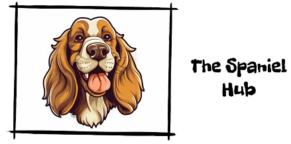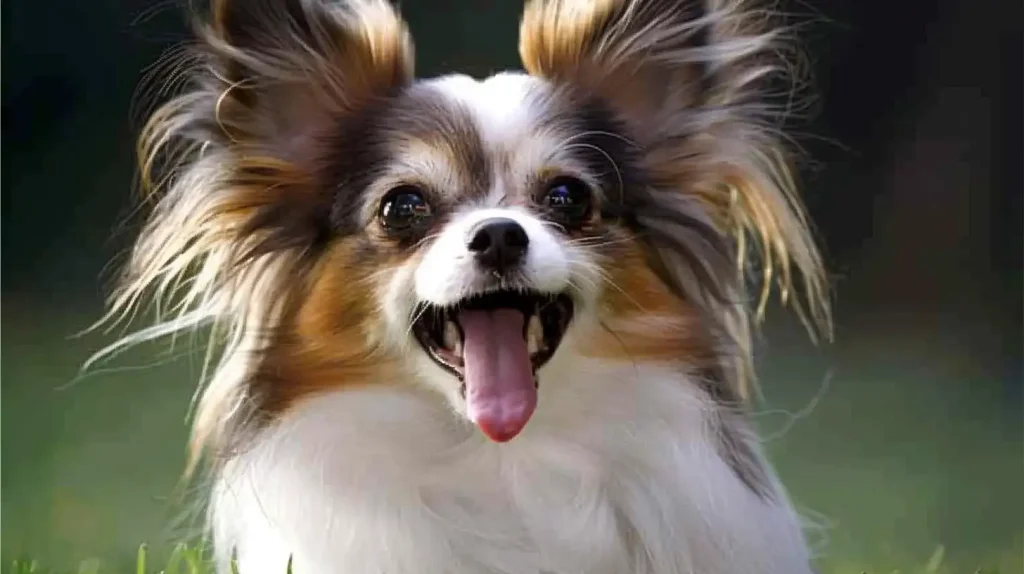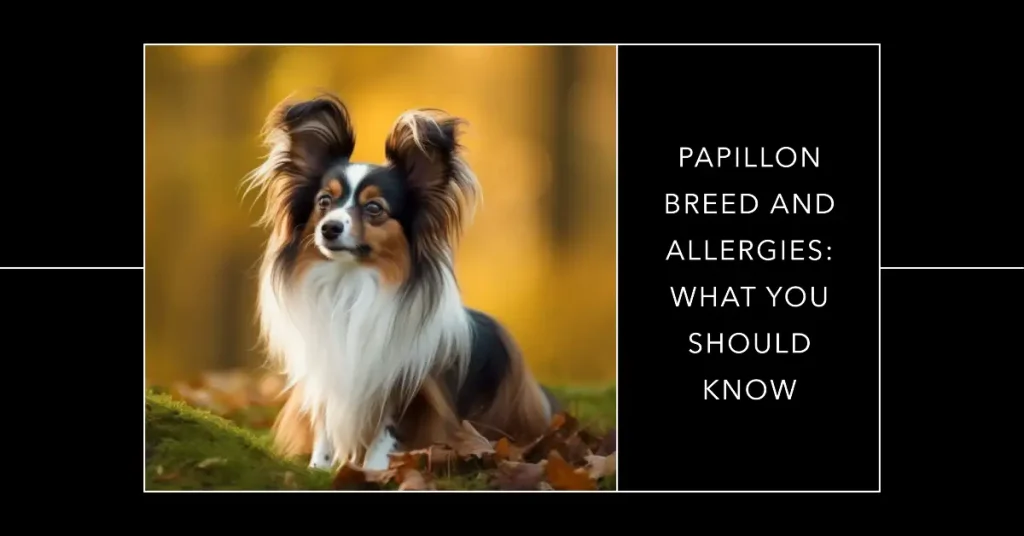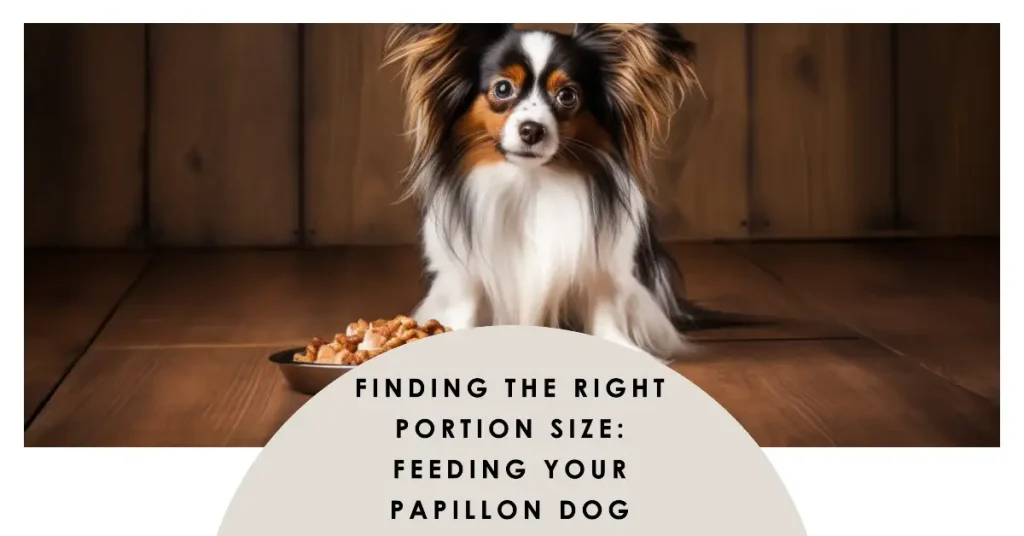Table of Contents
Have you ever wondered how many teeth the Papillon dog breed has? Like most adult dogs, this breed has 42 teeth. This includes incisors, canines, premolars, and molars, which are used for various functions such as biting, tearing, and grinding their food.
We will discuss this topic further in the following paragraphs…
These elegant and charming dogs are known for their distinctive physical features, but their dental structure is often overlooked. Understanding how many teeth the Papillon dog breed has is essential for their overall health and well-being. In this article, we will explore the dental anatomy of the Papillon dog breed and delve into the importance of oral care for these beloved companions.
Key Takeaways:
- The Papillon dog breed has a unique dental structure that contributes to their overall well-being.
- Understanding the number and function of their teeth is crucial for providing proper oral care.
- Good dental health in Papillons is closely linked to their overall health and longevity.
- Regular brushing and veterinary check-ups are essential for maintaining optimal dental hygiene.
- Choosing the right dental toys and treats can also benefit a Papillon’s oral health.
Introduction to the Papillon’s Unique Dental Structure
The Papillon breed is known for its distinctive dental structure, which plays a significant role in their overall elegance and oral health. Understanding the specific dental characteristics of Papillons is crucial for providing proper dental care and ensuring their well-being.
The Significance of Understanding Canine Teeth Count
Within the Papillon’s dental structure, canine teeth hold immense importance. These sharp and pointed teeth are specifically designed for tearing and gripping food. They play a vital role in the Papillon’s ability to eat, chew, and maintain oral health. Properly understanding the unique count and positioning of canine teeth in Papillons is essential for recognizing potential dental issues and ensuring effective dental care.
A Glimpse at the Papillon’s Butterfly Elegance and Oral Health
The Papillon’s dental structure is intricately connected to their elegant appearance, often referred to as “butterfly ears”. The positioning and alignment of their teeth contribute to the Papillon’s distinctive facial features, enhancing their charm and beauty. Furthermore, maintaining good oral health is crucial for Papillons as it directly impacts their overall well-being. By prioritizing dental care, including regular check-ups and proper oral hygiene practices, owners can help Papillons maintain healthy teeth and gums, promoting a happy and vibrant life.

Comparing Canine and Human Dental Structures
To fully understand the dental structure of Papillons, it is helpful to compare it to the dental structure of humans. Let’s examine the similarities and differences between canine and human dental structures, with a focus on teeth count and their respective functions.
Canine dental structure involves the arrangement of teeth in a dog’s mouth, which vary depending on the breed. Similar to humans, canines have different types of teeth that serve specific purposes. These include incisors, canines, premolars, and molars. However, there are notable distinctions between the canine and human dental structures.
In terms of teeth count, adult humans typically have 32 teeth, while canines, including Papillons, have 42 teeth. This higher teeth count in canines is attributed to the presence of additional premolars in their mouths. This surplus of teeth contributes to their ability to chew and tear food more efficiently.
In addition to teeth count, the shape and size of teeth also differ between canines and humans. Canine teeth tend to be sharper and larger compared to human teeth. This is because dogs primarily rely on their teeth for hunting, tearing, and chewing, while humans make use of tools and other methods to perform similar tasks.
Despite these differences, there are also striking similarities between canine and human dental structures. Both have incisors, which are used for biting, and molars for grinding food. Canines also have canine teeth, which aid in holding and tearing prey or objects. Similarly, humans have canines that help with food processing and pronunciation.
In summary, understanding the similarities and differences between canine and human dental structures sheds light on the unique dental characteristics of Papillons and their specific teeth count. This knowledge is crucial for providing appropriate dental care and maintaining the oral health of these delightful canines.

Stages of Dental Development in Papillons
Like all dogs, Papillons go through different stages of dental development. Understanding the process of dental development is essential for maintaining the oral health of these adorable puppies. This section will explore two important stages of dental development in Papillons: the emergence of deciduous teeth and the transition to permanent adult teeth.
Emergence of Deciduous Teeth in Papillon Puppies
During the early stages of a Papillon puppy’s life, deciduous teeth, also known as “milk teeth” or “baby teeth,” begin to emerge. The eruption of deciduous teeth typically occurs around three to four weeks of age, and by around six to eight weeks, all the deciduous teeth should be present in the puppy’s mouth. These teeth play a vital role in the development of the Papillon’s jaw and overall oral health.
The deciduous teeth serve as placeholders for the permanent teeth that will eventually replace them. They allow the puppy to chew and explore different textures, which helps in the development of the jaw muscles and promotes proper alignment of the permanent teeth.
It is important to note that the deciduous teeth will eventually shed as the permanent teeth start to erupt. This usually happens between three and seven months of age, but the timing can vary in different individuals.
Transition to Permanent Adult Teeth: Timing and Process
As the puppy grows, the deciduous teeth will be progressively replaced by permanent adult teeth. The process of transitioning from deciduous teeth to permanent teeth is a natural part of a Papillon’s dental development.
The timing of this transition can vary from dog to dog, but it generally starts around three to four months of age and is completed by the time the puppy is six to eight months old. During this time, the permanent incisors, canines, and premolars gradually erupt and replace the deciduous teeth. The molars, on the other hand, typically erupt later, at around six to eight months of age.
The transition to permanent teeth can be accompanied by some discomfort for the puppy, similar to teething in human babies. Providing appropriate chew toys and regular oral care can help alleviate any discomfort and promote healthy dental development.
Let’s take a closer look at the timeline of dental development in Papillon puppies:
| Age | Dental Development |
|---|---|
| 3-4 weeks | Eruption of deciduous teeth begins |
| 6-8 weeks | All deciduous teeth are present |
| 3-7 months | Deciduous teeth start to shed, permanent teeth begin to erupt |
| 6-8 months | Eruption of all permanent teeth, including molars, is completed |
The Functional Roles of Different Teeth in Papillon Dogs
Each type of tooth in a Papillon’s mouth serves a specific function. Understanding the functional roles of these teeth can give us insights into their daily activities and overall dental health.
Incisors at the Forefront of Papillon’s Dental Arsenal
The incisors, located at the front of a Papillon’s mouth, play a crucial role in their dental arsenal. These small, sharp teeth are designed for gripping and tearing food, allowing Papillons to efficiently consume their meals. Whether it’s biting into a treat or taking a tiny bite out of their favorite toy, the incisors are essential for precise actions that require control and dexterity.
Contribution of Canines in a Papillon’s Daily Activities
The canines, commonly known as the fangs, are the next set of teeth in a Papillon’s dental structure. These prominent and pointed teeth have multiple functions. While their primary role involves gripping and holding onto objects, they also aid in self-defense and social interactions. Canines are instrumental in a Papillon’s daily activities, including chewing bones, playing with toys, and engaging in interactive behaviors with other animals.
The Power Behind Premolars and Molars in a Papillon’s Mouth
The premolars and molars, located towards the back of a Papillon’s mouth, are the true workhorses when it comes to chewing. The premolars, with their flat and cusped surfaces, are responsible for grinding and breaking down food into smaller pieces, making it easier for digestion. The molars, on the other hand, possess a larger surface area and perform heavy-duty grinding, ensuring that the food is adequately processed before it moves further down the digestive tract.
As illustrated in the image above, the different types of teeth in a Papillon’s dental arsenal work together harmoniously to facilitate chewing and promote optimal oral health.
Papillon Dental Health and the Importance of Oral Care
Maintaining good dental health is crucial for Papillons. Proper oral care not only promotes fresh breath and healthy teeth, but also plays a significant role in their overall well-being. In this section, we will discuss common dental ailments that can affect Papillons and their impact on their health. Additionally, we will provide preventative strategies and tips for maintaining optimal oral hygiene in Papillons. But first, let’s take a closer look at why dental health is so important for these adorable dogs.
Common Dental Ailments in Papillons and Their Impact
Papillons, like any other breed, are prone to dental issues that can cause discomfort and affect their quality of life. Some of the common dental ailments that Papillons may experience include:
- Dental plaque and tartar buildup
- Gingivitis (inflammation of the gums)
- Periodontal disease
- Missing or broken teeth
- Oral infections
These dental problems can have a significant impact on a Papillon’s overall health. For example, untreated dental infections can spread to other organs in the body, leading to more serious health complications. Dental issues can also cause pain and discomfort, making it difficult for the dog to eat properly and affecting their overall nutrition. It is crucial to address these dental ailments promptly to ensure the well-being of your Papillon.
Preventative Strategies for Maintaining Papillon Oral Hygiene
Prevention is always better than cure when it comes to dental health. By implementing certain strategies, you can help maintain your Papillon’s oral hygiene and reduce the risk of dental problems. Here are some preventative measures to consider:
- Regular toothbrushing: Brushing your Papillon’s teeth regularly with a dog-specific toothbrush and toothpaste helps remove plaque and prevent tartar buildup.
- Provide dental-friendly treats and toys: Offering dental treats and toys helps promote chewing, which can assist in keeping your Papillon’s teeth clean and healthy.
- Schedule professional dental cleanings: Regular visits to your veterinarian for professional dental cleanings are essential to remove stubborn tartar and address any underlying dental issues.
- Monitor your Papillon’s oral health: Regularly check your dog’s mouth for any signs of dental problems, such as bad breath, swollen gums, or broken teeth.
- Consult your veterinarian: If you notice any concerning changes in your Papillon’s oral health, consult your veterinarian for proper diagnosis and treatment.
By incorporating these preventative strategies into your Papillon’s routine, you can contribute to their long-term dental health and ensure a happy and healthy life for your beloved furry friend.

Exploring the Papillon Breed Teeth Facts
Papillons are known for their unique dental features, which set them apart from other dog breeds. In this section, we will delve into some interesting facts about Papillon teeth, including their ‘scissor bite’ dental alignment and the implications of their delicate jaw structure on dental health and functionality.
Discovering the ‘Scissor Bite’: Papillon’s Dental Alignment
The scissor bite is a characteristic dental alignment seen in Papillons. This means that the incisors in the upper jaw slightly overlap the incisors in the lower jaw when the dog bites down. The scissor bite is considered the ideal dental alignment for Papillons, as it allows for proper functioning and stability when biting and chewing.
This scissor bite alignment is important for the Papillon’s ability to grasp and hold objects, as well as for their overall dental health. The proper alignment of the teeth ensures that the force exerted during chewing is distributed evenly, reducing the risk of dental fractures or premature wear.
The Implications of a Delicate Jaw Structure in Papillons
Papillons have a delicate jaw structure, which can have implications for their dental health. The small size and delicate build of their jaws mean that they have less room for their teeth. This can result in overcrowding, misalignment, or other dental issues.
The delicate jaw structure in Papillons also makes them more susceptible to dental problems such as tooth loss, gum disease, and tooth decay. Therefore, it is important for Papillon owners to pay extra attention to their dental care routine and seek regular veterinary check-ups to prevent and detect any dental issues early on.
Overall, understanding the unique dental features of Papillons, including their ‘scissor bite’ dental alignment and delicate jaw structure, can help owners provide the necessary dental care for their beloved pets. By ensuring proper oral hygiene and regular veterinary check-ups, Papillon owners can help maintain their dogs’ dental health and overall well-being.
Practical Tips for Papillon Dog Oral Care
Providing proper oral care is essential for maintaining a Papillon’s dental health. By implementing regular brushing and check-ups, as well as choosing the right toys and treats for dental benefits, you can ensure that your Papillon has a healthy and happy smile.
Implementing Regular Brushing and Check-ups
Regular brushing is a crucial part of Papillon dog oral care. Brushing your Papillon’s teeth at least two to three times a week helps remove plaque and prevent tartar buildup. Use a dog-specific toothbrush and toothpaste, as human products can be harmful to dogs. Make brushing a positive experience by rewarding your Papillon with treats and praise.
In addition to brushing, regular veterinary check-ups are vital for your Papillon’s oral health. Schedule annual dental exams to identify any potential dental issues early on. Your veterinarian can perform professional cleanings and address any concerns or abnormalities in your Papillon’s teeth and gums.
Choosing the Right Toys and Treats for Dental Benefits
Dental toys play a significant role in maintaining your Papillon’s oral health. Look for toys specifically designed to promote dental benefits, such as those with textured surfaces or built-in dental cleaning mechanisms. These toys help remove plaque and stimulate your Papillon’s gums while providing entertainment and mental stimulation.
When it comes to dental treats, opt for those that are specially formulated to improve oral health. Dental treats with textured surfaces can help remove plaque and freshen your Papillon’s breath. However, be mindful of the calorie content of these treats and ensure they are an appropriate size for your Papillon.
Remember to always evaluate the safety of toys and treats before offering them to your Papillon. Avoid toys with small parts that can be easily chewed off and pose a choking hazard. Additionally, monitor your Papillon while they enjoy dental treats to prevent any accidental swallowing or ingestion.
| Practical Tips for Papillon Dog Oral Care |
|---|
| Implement regular brushing at least two to three times a week using dog-specific toothbrush and toothpaste |
| Schedule annual veterinary check-ups for professional cleanings and early detection of dental issues |
| Choose dental toys with textured surfaces or built-in dental cleaning mechanisms |
| Opt for dental treats that are specially formulated to improve oral health |
| Evaluate the safety of toys and treats to prevent choking hazards and accidental ingestion |
By following these practical tips for Papillon dog oral care, you can ensure that your furry friend’s dental health is in excellent condition. Taking care of your Papillon’s teeth and gums not only contributes to their overall well-being but also helps prevent dental issues in the long run.
Conclusion
The dental health of Papillons plays a crucial role in their overall well-being. As we have explored in this article, there is a strong interconnection between dental health and the overall health and quality of life of these delightful dogs. To ensure the longevity and well-being of your Papillon, responsible dental care is of utmost importance.
By prioritizing your Papillon’s dental care, you can help prevent common dental ailments and their potential impact on overall health. Regular brushing and veterinary check-ups are essential in maintaining optimal oral hygiene. These simple practices can go a long way in preventing serious dental problems and promoting a healthy mouth.
Choosing the right dental toys and treats can also contribute to your Papillon’s dental health. Dental toys help stimulate chewing, which aids in removing plaque and tartar buildup. Dental treats, on the other hand, can provide additional cleansing benefits for your Papillon’s teeth and gums. By incorporating these dental care practices into your Papillon’s routine, you can improve their quality of life and enhance their oral health for years to come.
Last update on 2024-04-15 / Affiliate links / Images from Amazon Product Advertising API







